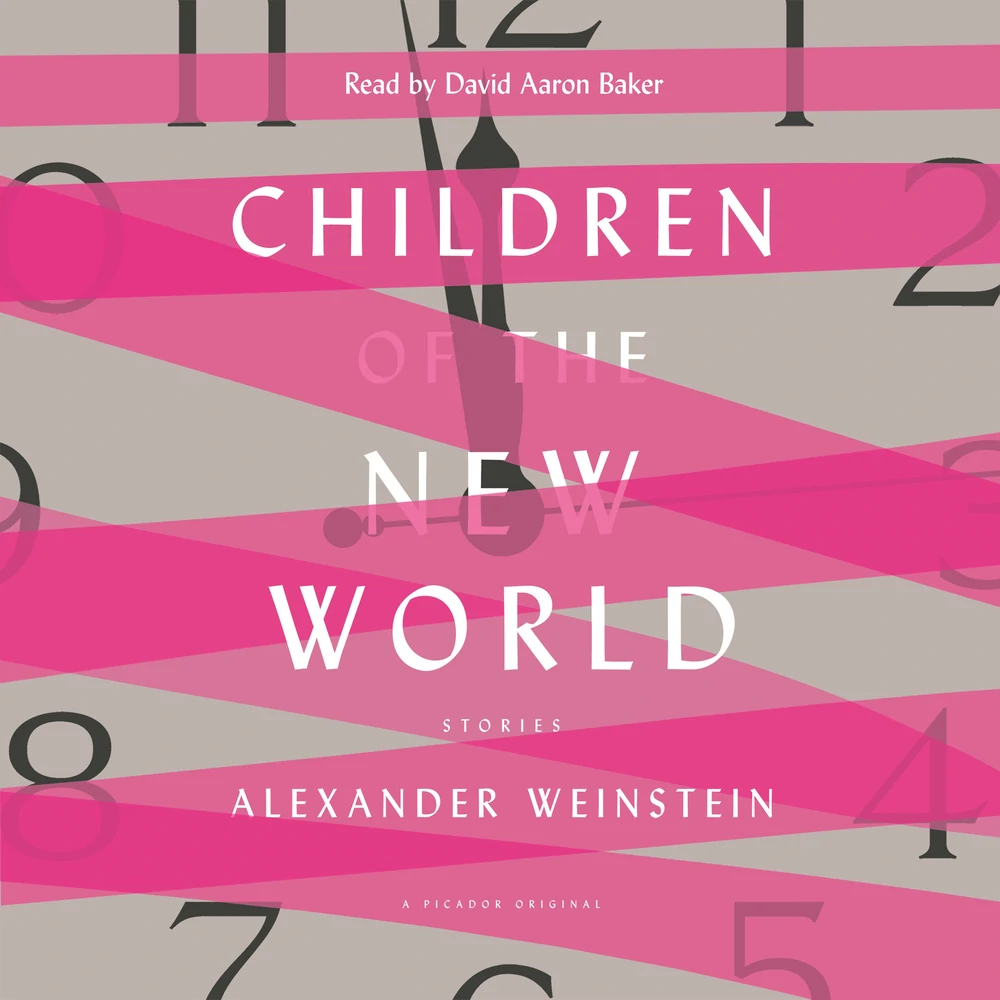
Children of the New World, by Alexander Weinstein
Words By Erini Katopodis
If you’re looking for a book of short stories with guts, know that Alexander Weinstein’s collection, Children of the New World, contains guts of all possible futures. In these thirteen short stories, we encounter people dealing with the tech of new worlds, exploring how it affects their humanity—or doesn’t.
Weinstein has a straightforward yet poetic style that places readers right beside his characters. Though the author’s voice can seem homogenous from story to story, this consistency actually benefits the reader; it’s almost as if a character is reincarnated over and over, living out all these possible futures. But where Weinstein really succeeds is his range: he attacks all aspects of future, leaving none untouched.
In “Moksha,“ his main character searches for enlightenment through a series of expensive electroshock services in Nepal. “Heartland” follows a father who deals suburban melancholy in a dystopian world. “Children of the New World” ponders family loss (real or digital). “Ice Age” explores the world as a frozen tundra, examining how communities change within it. Spiritual, environmental, emotional, political, and—of course—technological: all aspects of life are covered in each possible future, and that’s what makes the book feel whole, despite its fragmentary nature.
Though Weinstein’s ideas are no doubt entertaining, they are hardly new. It’s easy to see where he garners his inspiration. For example, many of the short stories mimic Black Mirror, the popular futuristic TV show that uses technology to show society its darker half. The high-tech contact lenses that appear in several stories of Weinstein’s, for instance, appear in very similar ways on the show—namely in episodes “The Entire History of You” and “White Christmas.” He borrows from other authors, too: “Rocket Night” feels like a translation of Shirley Jackson’s “The Lottery,” and it’s clear that Weinstein is a George Saunders fan; we find echoes of Saunders’ satirical prose throughout the book. (Some bizarre, half-funny, half-terrifying lines echo Saunders stories, like “I Can Speak!”) In general, Weinstein’s funny yet prosaic style often criticizes commercialization and modern technology, ultimately leaving him no choice but to fall in line with authors like Saunders and Jackson—plus, shows like Black Mirror.
The meat of his stories is where Weinstein really differs from these influences. Almost every chapter has a similar arc: First, the bizarre technology or environmental situation is introduced, and the reader has a chance to sink their teeth into it. Then, as the story progresses, we reach a peak where one of the characters goes mad; the technology that helped them hinders them, consumes them. But it’s the end of his stories where Weinstein shines as a unique author and conveyor of science fiction. The technology fails the characters; but instead of the cynicism that follows an episode of Black Mirror, in these stories, there is hope. Weinstein invites a sense of renewal, a “back to the beginning” theme, where the characters are stripped of their futuristic “armor” and feel truly naked. Bodies embrace for the first time in years since being in virtual reality; a family comes together in mourning when their android son dies; a community becomes a community again, finding shelter in a house frozen under their harsh new world.
At the end of each story, the world falls away. It’s not about the terrifying future, it’s about humans doing what they do best: longing for something better, physically, spiritually, emotionally. When the last microchip burns out and the last wire fries, Weinstein reveals human spirit in its purest form.